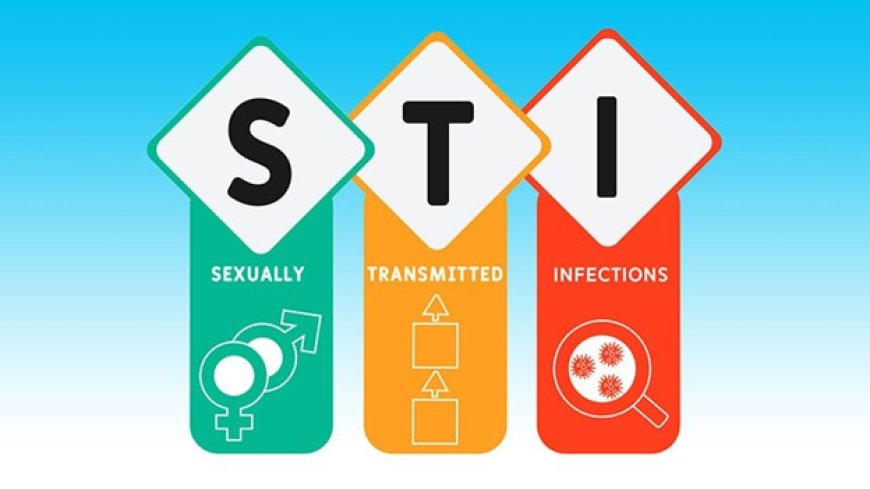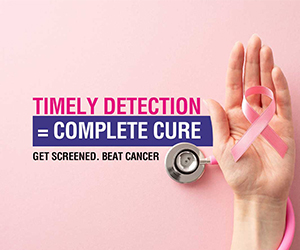Understanding Common STIs: Symptoms and Prevention
Learn about the most common sexually transmitted infections, their symptoms, and how to prevent them.

Sexually transmitted infections (STIs) are infections that are primarily spread through sexual contact, including vaginal, anal, and oral sex. These infections can affect anyone who is sexually active, regardless of age, gender, or sexual orientation. Some of the most common STIs include chlamydia, gonorrhea, syphilis, herpes, human papillomavirus (HPV), and HIV. Understanding the symptoms and prevention methods of these infections is essential for maintaining good sexual health and preventing complications.
Many STIs may not show obvious symptoms, especially in the early stages, which can lead to unintentional transmission between partners. For example, chlamydia and gonorrhea often present with mild or no symptoms, yet if left untreated, they can cause serious reproductive health issues such as pelvic inflammatory disease and infertility. Syphilis, if not diagnosed early, can progress to more severe stages affecting the heart and nervous system.
Common symptoms of STIs can include unusual discharge from the genitals, pain or burning during urination, sores or bumps around the genital area, itching, and lower abdominal pain. However, because symptoms can vary widely or be absent, regular testing is a critical part of prevention and early detection. Getting tested allows individuals to receive timely treatment and reduce the risk of spreading infections to others.
Prevention is key when it comes to STIs. Using barrier methods such as condoms consistently and correctly during all forms of sexual activity greatly reduces the risk of transmission. Open and honest communication with sexual partners about STI status, sexual history, and boundaries also helps foster safer sexual experiences. Limiting the number of sexual partners and engaging in mutually monogamous relationships can further lower risk.
Vaccines are available for certain infections like HPV and hepatitis B, which provide effective protection and are recommended for adolescents and adults. It is also important to avoid sharing needles or engaging in activities that involve blood contact, as some STIs, like HIV and hepatitis, can be transmitted through blood.
Regular sexual health check-ups should be a routine part of healthcare, especially for people with multiple partners or those in high-risk groups. Healthcare providers can offer testing, counseling, and treatment options to help manage STIs and reduce their impact.
Treating STIs typically involves antibiotics or antiviral medications, depending on the infection. Early treatment not only alleviates symptoms but also prevents long-term health problems and reduces the chance of passing the infection on to others.
Stigma and misinformation often prevent people from seeking testing and treatment. It is important to promote open, judgment-free conversations about sexual health to encourage more people to access the care they need.
In summary, understanding common STIs, recognizing their symptoms, and practicing effective prevention strategies are vital steps to protect your sexual health. Education, regular testing, safe sex practices, and communication form the foundation of healthy and fulfilling sexual relationships. Empower yourself with knowledge and take proactive steps to ensure your well-being and that of your partners.











